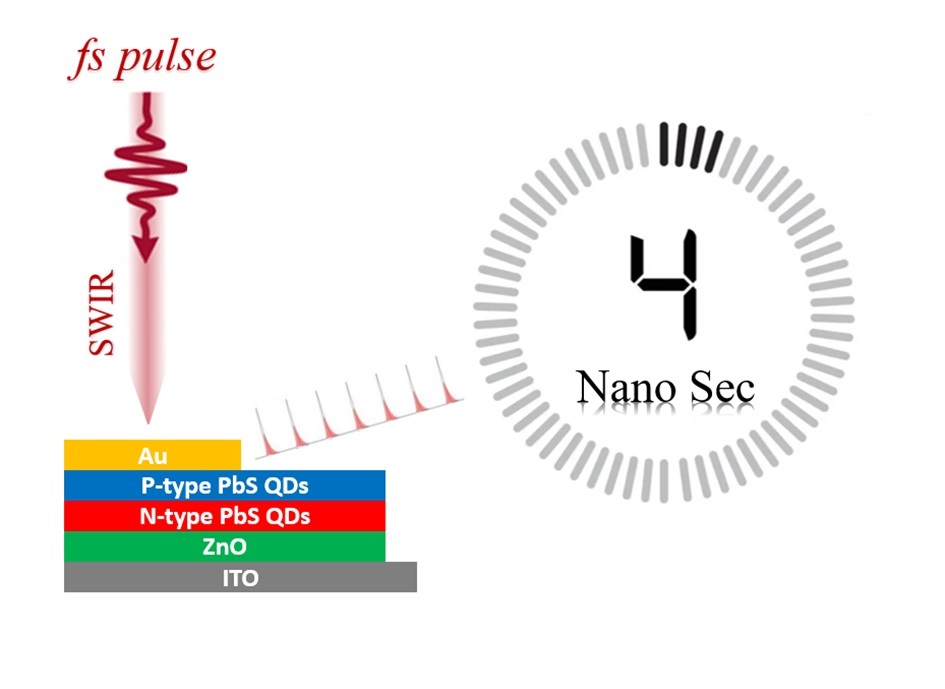27-08-2024
Self-driving cars, facial recognition, environmental monitoring, ...: it is almost impossible to imagine our society without these technologies. These technologies all rely on the ultra-fast recognition of objects. To do this, they use photodetectors. Just as we recognize objects with our eyes because light falls on them, photodetectors detect light and calculate what to 'see' based on that information.
However, photodetectors do not work as well in poor conditions, such as dusty environments or foggy weather. Scientists therefore developed photodetectors that do not work with 'ordinary' light as we know it, but rather with SWIR (short wave infrared) light. SWIR photodetectors can recognize distant objects even in bad weather.

Photo credit: Ghent University
However, existing SWIR photodetectors were difficult to make and therefore very expensive. Ghent University researchers have now succeeded in developing better and cheaper SWIR photodetectors.
For this, they used quantum dots, a material that won the 2023 Nobel Prize in chemistry. Quantum dots are super-small crystals that are cheap to produce. By using quantum dots, the Ghent University researchers were able to develop the fastest SWIR photodetectors in the world. These innovative photodetectors can detect light extremely fast - as early as 4 nanoseconds.
In the future, the researchers hope to develop photodetectors that respond within as little as one nanosecond. If successful, this could be a huge boost for many technologies in our society, such as self-driving cars and facial recognition.





